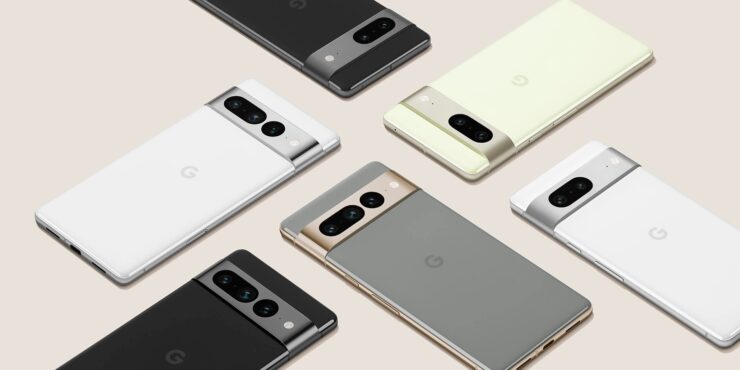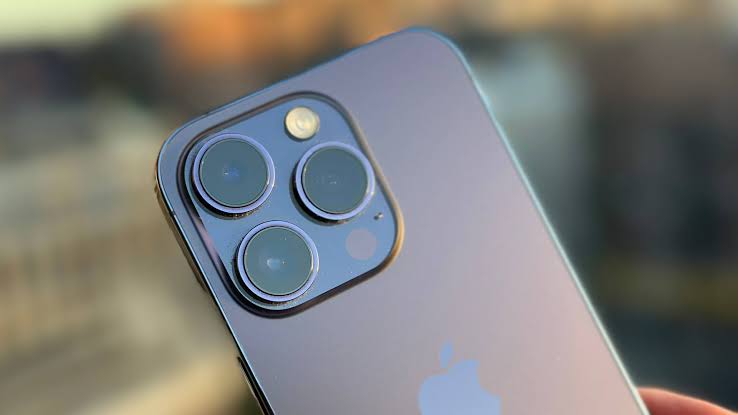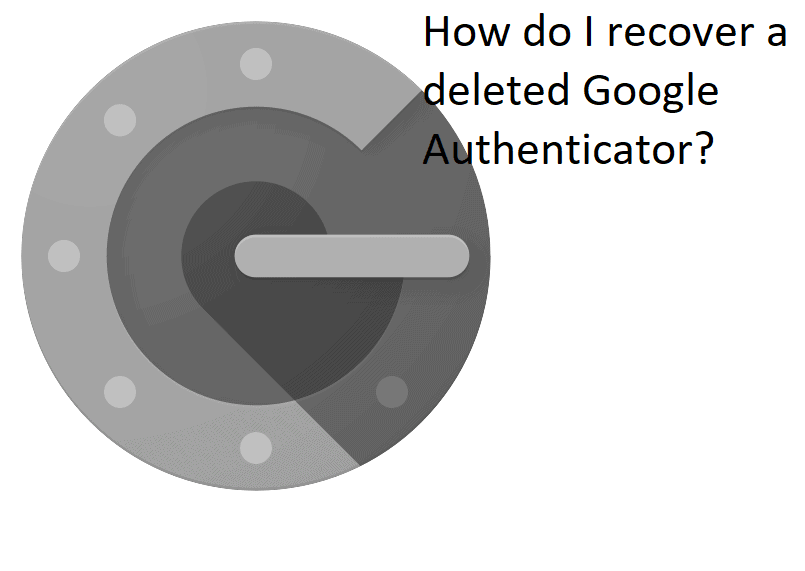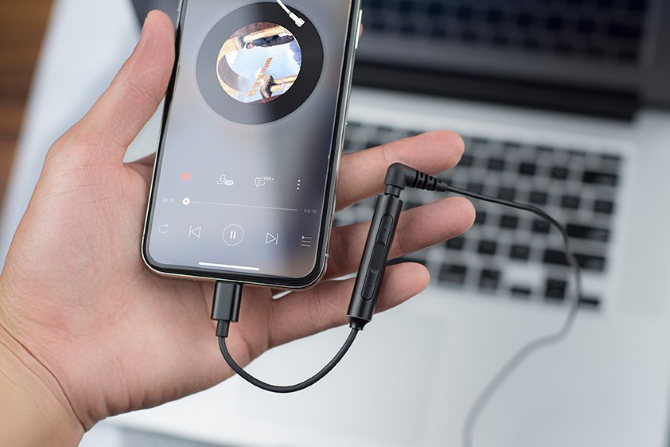Android’s landscape has seen significant changes over the years. One of the most notable shifts has been the transition from 32-bit to 64-bit applications. While this move towards 64-bit has largely been smooth, the introduction of the Google Pixel 7 and Pixel 7 Pro has brought forth a new challenge for users.
The Evolution to 64-bit:
The journey from 32-bit to 64-bit architecture in the computing world is akin to moving from single-lane roads to highways. Originating in the early 90s, 64-bit architectures offered the potential for faster processing speeds and better multitasking. While 32-bit systems could access a maximum of 4GB of RAM, 64-bit systems could, theoretically, access over 18 million TB of RAM. This immense leap meant smoother performance, quicker response times and enhanced capabilities for applications demanding high computational power.
In the world of Android, the transition was also seen as a way to better harness the increasing capabilities of hardware and to accommodate the needs of sophisticated apps and games. Aided by the growth of smartphones with more than 4GB RAM, the shift towards 64-bit was not just about future-proofing. It was about maximizing current hardware potential.
Pixel 7’s Exclusive 64-bit Support
When Google launched the Pixel 7 and the Pixel 7 Pro, they made a bold statement: the future is 64-bit. By exclusively supporting 64-bit applications and games, these models distinguished themselves as pioneers, defining a new age for Android devices.
The benefits were multiple: First, by focusing solely on 64-bit, the phones could be optimized for a specific set of applications, ensuring peak performance. Memory usage was more efficient, given that there was no need to support dual architectures. Additionally, from a security standpoint, 64-bit applications are inherently more secure due to certain architectural advantages and recent security features only available on the 64-bit platform.
Furthermore, this singular focus paves the way for a more streamlined development process. Developers, now working with advanced tools designed exclusively for 64-bit, have the potential to innovate and optimize at a pace previously unseen.
The Downside: Incompatibility with 32-bit Applications
However, every revolution comes with it’s set of challenges. The most pressing issue faced by Pixel 7 users is the incompatibility with older, beloved 32-bit applications. As Android has been around for more than a decade, a rich library of applications and games has been developed over the years. Many of these were created during the era when 32-bit was dominant.
For many users, this means that nostalgic games, utility apps, or even certain productivity tools, which haven’t been updated by their developers to the 64-bit architecture, are no longer usable on the latest Pixel devices. This can be particularly frustrating for users who rely on specific older applications for daily tasks or entertainment.
The change also places the onus on developers. While many have already made the transition, others, especially those behind niche or older applications, face the task of updating their apps or risk becoming obsolete in the ever-evolving Android ecosystem.
How to Check APK Compatibility
Determining whether an APK is compatible with your device, especially in light of the shift to 64-bit exclusivity, is crucial. Here’s a step-by-step guide to ensure that the applications you’re attempting to install will function without any hiccups:
Understanding APK Structure: Before diving in, it’s essential to grasp that APK files are, at their core, just ZIP files with a different extension. They contain all the necessary resources and compiled code an app needs to run.
Acquire a Capable File Explorer App: To delve into an APK’s inner structure, you’ll need a File Explorer application that can manage archive files. Popular options include ES File Explorer, Solid Explorer, and FX File Explorer.
Locate and Open the APK: Navigate to the directory where your APK is saved. Tap on the APK file.
Access the ‘lib’ Folder: Within the APK’s contents, look for a folder named “lib”. This folder is pivotal as it contains library files that hint at the architecture the app supports.
Identify the Architecture: Inside the ‘lib’ folder, you’ll encounter sub-folders named after different CPU architectures, such as ARMv7(32-bit) or ARMv8-A(64-bit). If the APK contains only 32-bit architecture folders and no 64-bit ones, then it’s clear that the app will not run on devices like the Pixel 7 that exclusively support 64-bit applications.
Potential Workarounds
For those keen on running 32-bit apps on devices like the Pixel 7, there are some avenues to explore, though they come with their own sets of challenges:
Search for Updated Versions: Before diving into complex solutions, it’s always wise to check if the app’s developer has released a newer, 64-bit compatible version of the application. They might have updated it to comply with Google’s newer requirements.
Rooting and Custom ROMs: Some users in the Android community believe that rooting the device and installing a custom ROM might provide support for 32-bit apps. While this might seem like a viable solution, it’s essential to understand the risks involved. Rooting voids warranty and makes devices more vulnerable to threats and can occasionally lead to bricking if not done correctly.
Third-party App Emulators: Certain app emulators or virtual machine tools might allow you to run 32-bit apps on a 64-bit system. These tools essentially simulate a 32-bit environment on your 64-bit device. However, performance might be sub-optimal and not all apps may work as intended.
Community Patches: Occasionally, the developer community might release patches or mods that allow specific 32-bit apps to run on 64-bit devices. It is more of a hit-and-miss solution and works best for popular apps with a large user base.
Final Thoughts
The shift to exclusive 64-bit support is indicative of Android’s evolutionary trajectory. While it brings performance and security enhancements, it may pose challenges for those attached to older apps. However, with tech advancements, such limitations are often short-lived and solutions emerge. Stay tuned for updates, especially if you’re keen on finding ways to bridge the 32-bit gap on the Pixel 7 series.
Experiencing difficulties with your Device, check out our “How To” page on how to resolve some of these issues.







